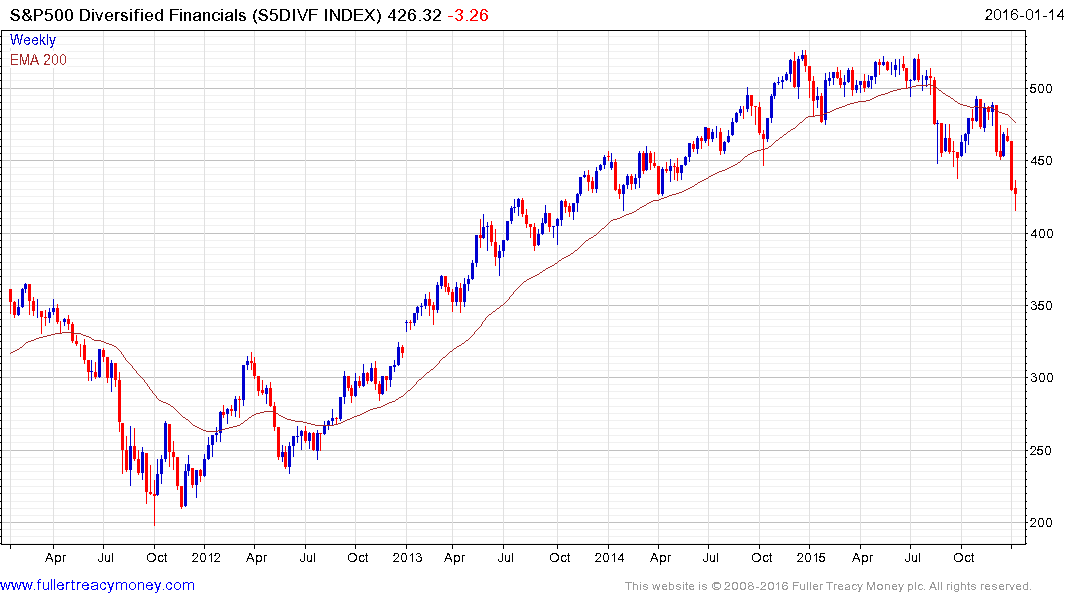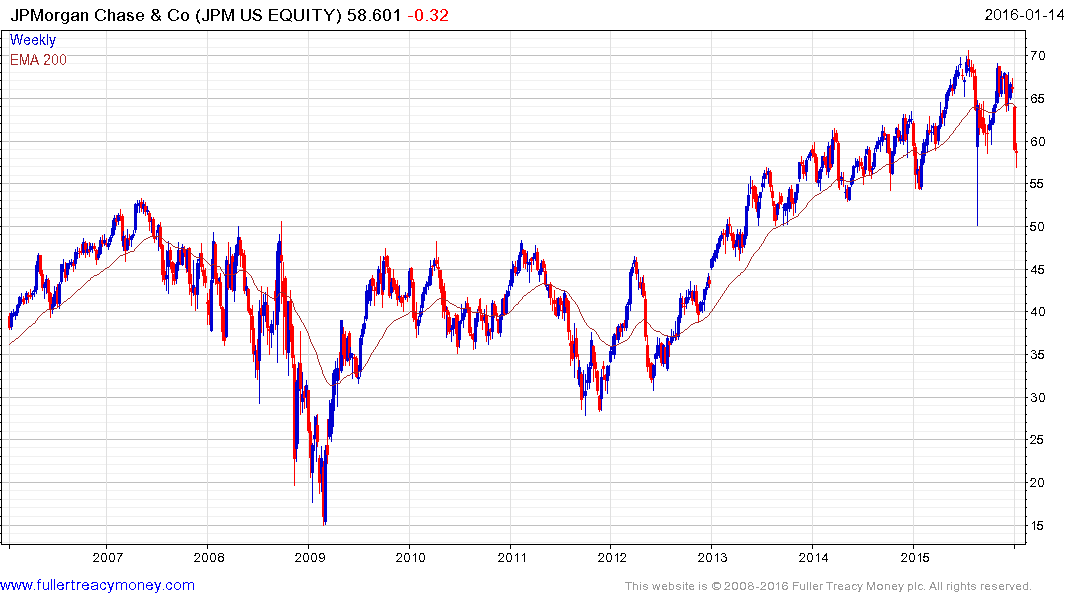Not Too Big to Fail. Too Expensive to Exist
This article by Ryan Tracy, Christina Rexrode and Emily Glazer for the Wall Street Journal may be of interest to subscribers. Here is a section:
The very largest U.S. banks, some of whom report earnings this week, are also facing increasing questions about whether they can remain profitable at their current size. In recent years, the Federal Reserve and other overseers have made it clear that being big will come with costs: Large U.S. banks have added $641 billion of capital since 2009 to meet tougher regulatory rules, according to the Fed.
Those requirements make it tougher for firms to produce outsize returns.
In the banking sector, where policy makers have focused the toughest rules on roughly 30 banks with $50 billion or more in assets, smaller banks with between $5 billion and $50 billion in assets are about 10% more profitable than banks that are above that level, according to an analysis by Keefe, Bruyette & Woods. The shares of those midsize banks accordingly trade at a higher valuation than lenders with $50 billion or more in assets, according to the analysis.
“It’s like saying if you have a super fast race car…we’ll make sure you only go 70 miles per hour,” says Art Wilmarth, a law professor at George Washington University who specializes in banking regulation.
At The Contrary Opinion Forum last October a delegate from Northern Trust Corp detailed just how costly the burden of regulation has become and went so far as to say that it would be rash to expect major financial institutions to be able to increase their dividends substantially as a result. That brought home to me just how onerous the regulatory environment now is for big banks and helps to explain the desire of major insurance and industrial companies to dispense with their financing arms.

The S&P500 Diversified Financials Index encountered resistance in the region of the trend mean in November, dropped to a new reaction low last week and extended the decline this week. A short-term oversold condition is now evident so there is scope for a reversionary rally but a sustained move above the trend mean would be required to question Type-2 top formation completion characteristics.

JP Morgan kicked off the earnings season today on a positive note and has room to unwind its short-term oversold condition. It needs to hold the $55 area if Type-2 top formation is to be avoided.


